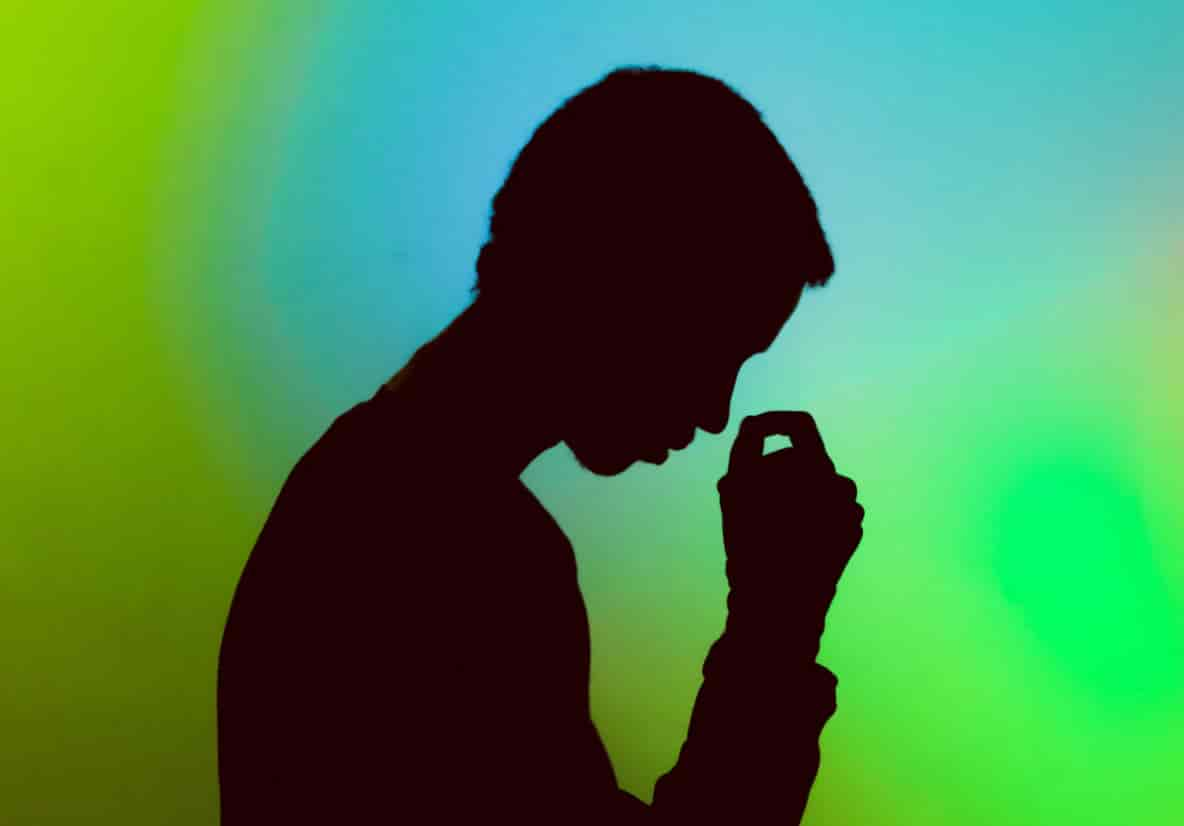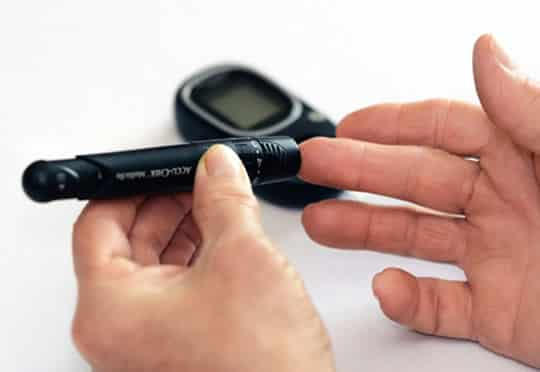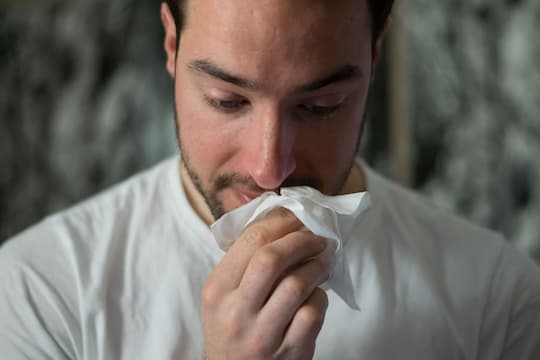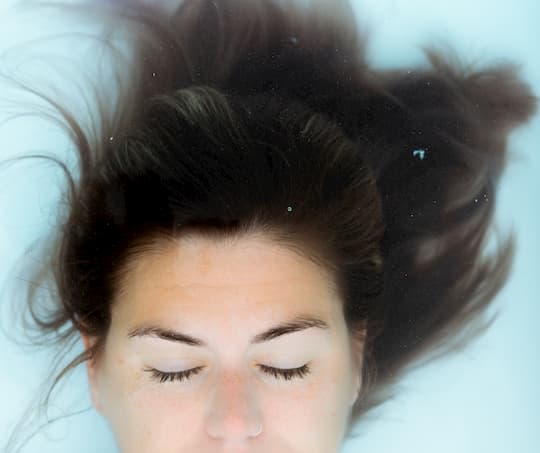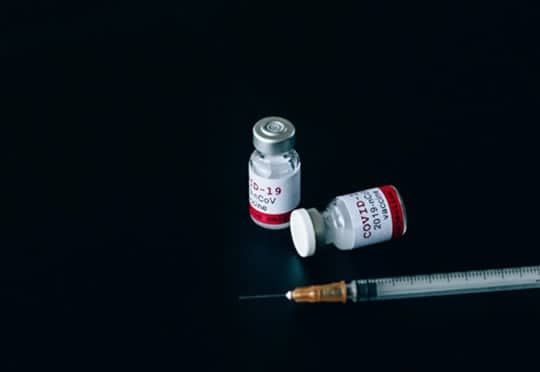The ability to adapt to the new circumstances is the key.
Staying in touch with your emotions is a good way to deal with COVID-19 stress, research reveals.
It is natural to experience emotions like sadness, fear, loneliness and anxiety during the pandemic.
However, people who are psychologically flexible tend to do better.
Flexibility means acknowledging emotions, accepting them and taking whatever action is possible.
Continuing to do whatever is important to you — even if it is in modified form — is key to reducing stress.
For example, people in the study who called a family member or friend to talk it through experienced less stress than those who bottled it up and said nothing.
Dr Emily Kroska, the study’s first author, said:
“The goal is to try and help people become more resilient by remaining in touch with their emotions and finding creative ways to maintain or build upon relationships with people or activities that are important to them.
People who do that will generally not be as distressed, or anxious, as those who don’t.”
The study included 485 people in the US who described the difficulties they had faced due to the pandemic.
Dr Kroska said:
“Basically, we wanted to learn about the full sort of adversities that people encountered due to COVID-19.
We found everyone encountered some degree of adversity, which is quite sad but expected.”
People reported physical sensations like sweating and fear as well as problems making the rent, getting their groceries and living apart from loved ones.
The study revealed that people experienced less stress if they displayed psychological flexibility.
This is the ability to be open and aware of one’s emotions and how they are affecting one’s actions.
Dr Kroska said:
“If you are creative with trying to talk with your family remotely instead of in person, but you’re resentful about it the whole time and think it sucks, that’s going to cause more distress.
But if you’re willing to say, ‘OK, this isn’t what we were exactly hoping for, but we’re going to make the best of it,’ that’s the values and the openness piece.
It’s the combination that’s required.”
Being able to adapt to the new circumstances is the key, said Dr Kroska:
“People don’t want to be distressed, but they’re going to be during this pandemic.
Being flexible and continuing to do what is important to you even during these difficult times is important and is associated with less distress.
I think people are desperate for anything that will help them feel less stressed out.”
The study was published in the Journal of Contextual Behavioral Science (Kroska et al., 2020).
